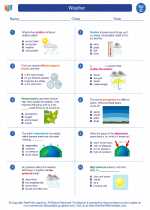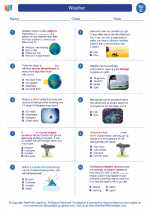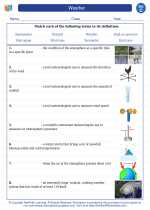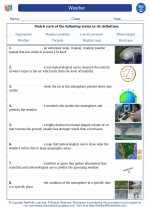Structure of Antibodies
Antibodies, also known as immunoglobulins, are made up of four polypeptide chains - two heavy chains and two light chains. These chains are connected by disulfide bonds and form a Y-shaped structure. Each antibody has specific regions that bind to antigens, known as the antigen-binding sites, located at the tips of the Y.Function of Antibodies
When a pathogen enters the body, it carries specific antigens that are recognized as foreign by the immune system. Upon recognition, B cells, a type of white blood cell, produce antibodies that are specific to the antigens. These antibodies bind to the antigens, marking the pathogens for destruction by other immune cells or neutralizing their effects.Types of Antibodies
There are five main classes of antibodies, each with specific functions:- IgM: This is the first antibody produced in response to an infection and is found in blood and lymph fluid.
- IgG: The most abundant type of antibody, providing long-term immunity against pathogens.
- IgA: Found in areas such as the nose, respiratory tract, and digestive system, providing protection against pathogens at mucosal surfaces.
- IgE: Involved in allergic reactions and protection against parasites.
- IgD: Present in small amounts in the blood and is thought to be involved in the activation of B cells.
Role in Immunity
Antibodies play a vital role in the adaptive immune response, where they work to identify and neutralize pathogens. They also contribute to the formation of immunological memory, allowing the immune system to respond more effectively to previously encountered pathogens.Study Guide
To better understand antibodies, here are some key points to focus on:- Structure of antibodies, including the arrangement of heavy and light chains.
- The process of antibody production by B cells in response to antigens.
- The specific functions of each class of antibodies (IgM, IgG, IgA, IgE, IgD).
- How antibodies contribute to immunity and the formation of immunological memory.
- Real-world examples of how antibodies are used in medical treatments and diagnostics.
◂Science Worksheets and Study Guides Third Grade. Weather
Study Guide Weather
Weather  Worksheet/Answer key
Worksheet/Answer key Weather
Weather  Worksheet/Answer key
Worksheet/Answer key Weather
Weather  Worksheet/Answer key
Worksheet/Answer key Weather
Weather  Vocabulary/Answer key
Vocabulary/Answer key Weather
Weather  Vocabulary/Answer key
Vocabulary/Answer key Weather
Weather 

 Worksheet/Answer key
Worksheet/Answer key
 Worksheet/Answer key
Worksheet/Answer key
 Worksheet/Answer key
Worksheet/Answer key
 Vocabulary/Answer key
Vocabulary/Answer key
 Vocabulary/Answer key
Vocabulary/Answer key

The resources above cover the following skills:
EARTH AND SPACE SCIENCE (NGSS)
Earth’s Systems
Students who demonstrate understanding can:
Represent data in tables and graphical displays to describe typical weather conditions expected during a particular season.